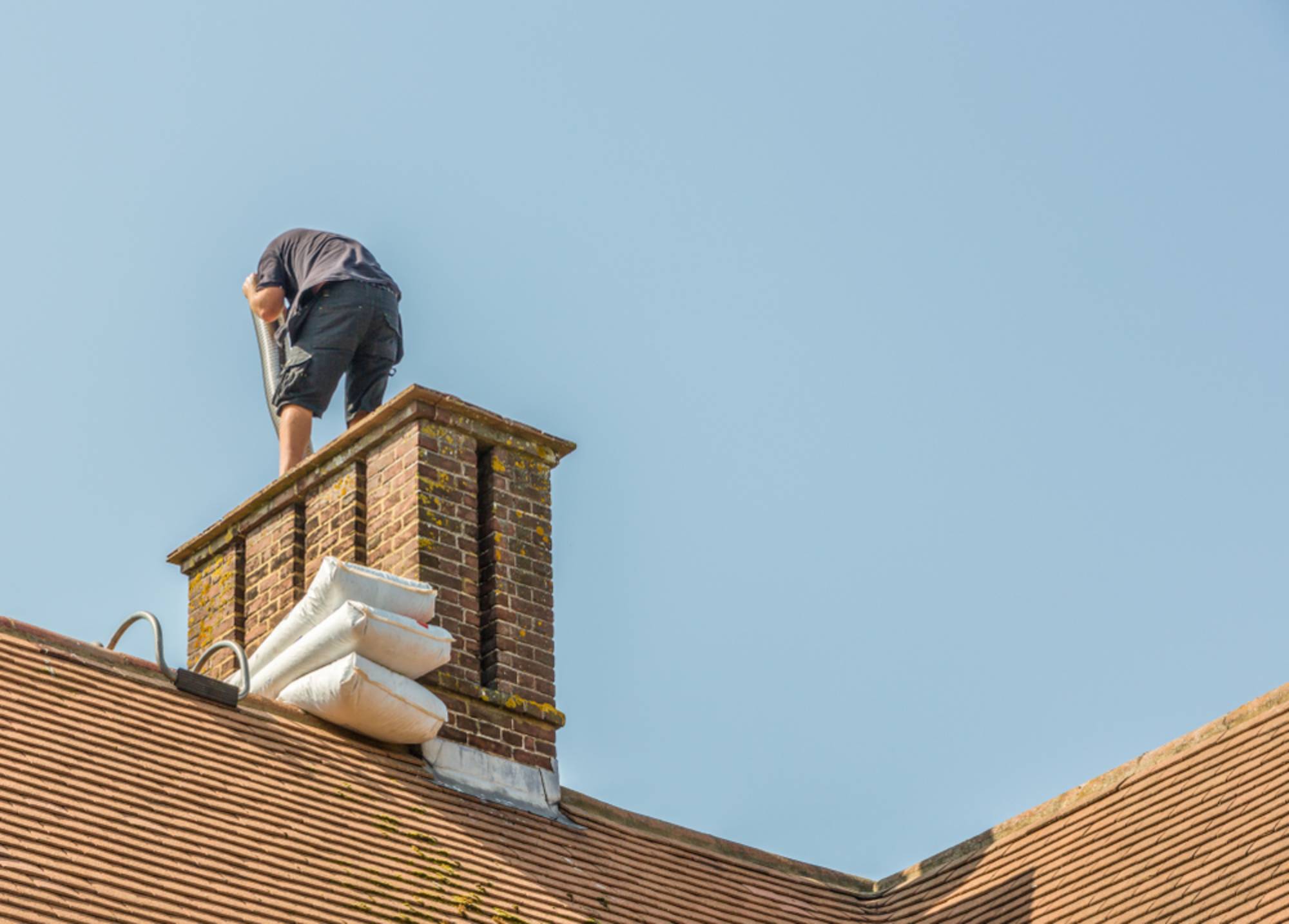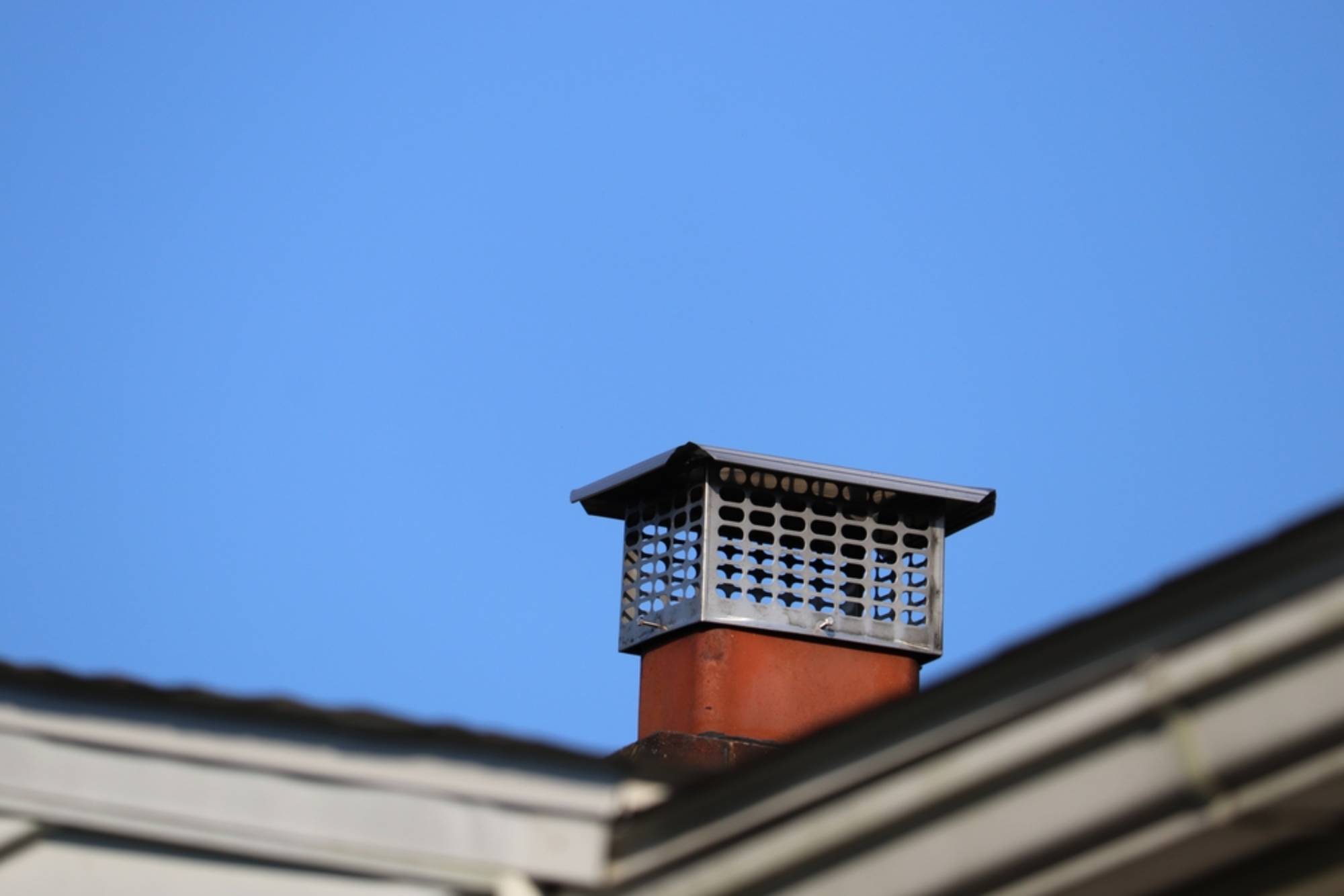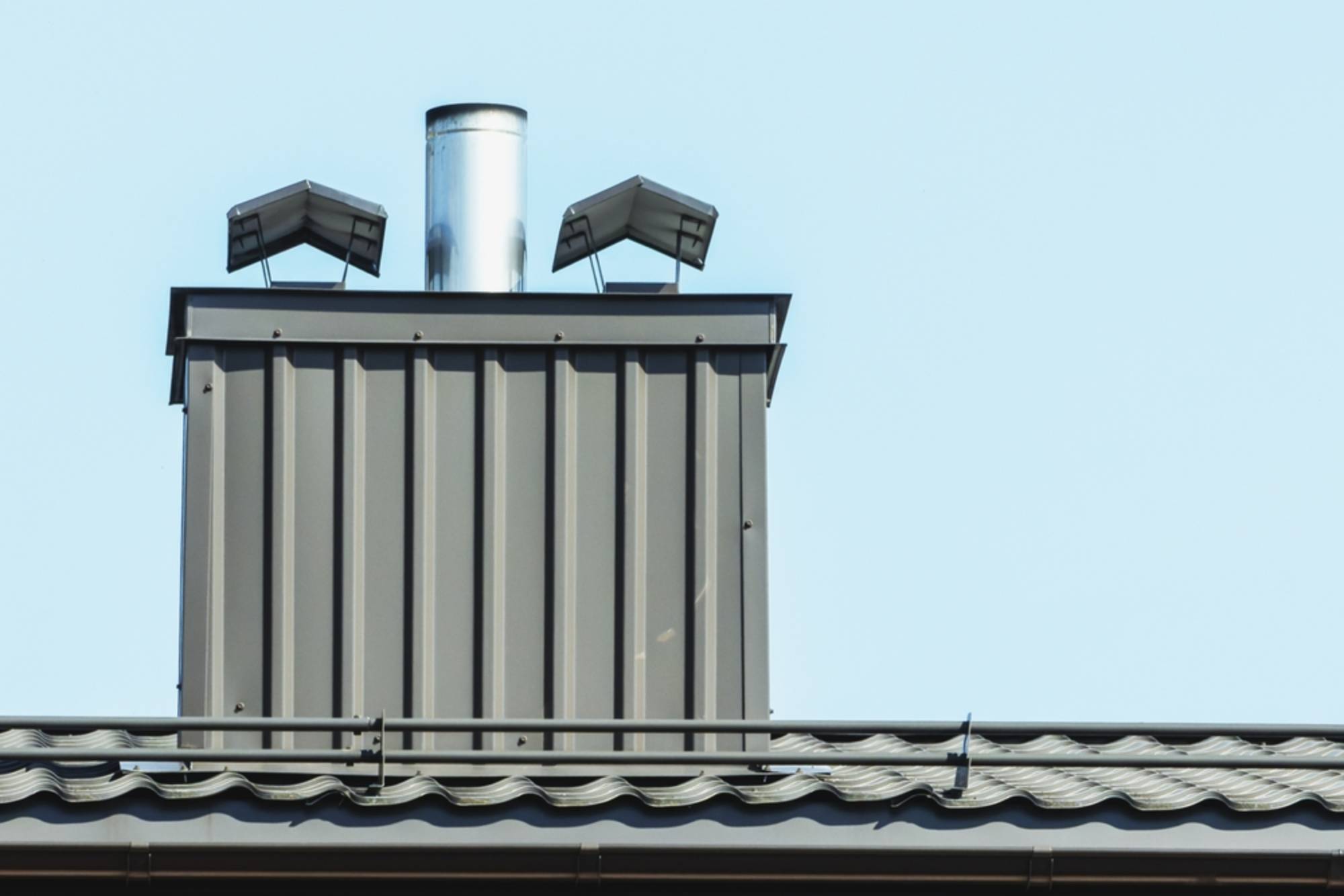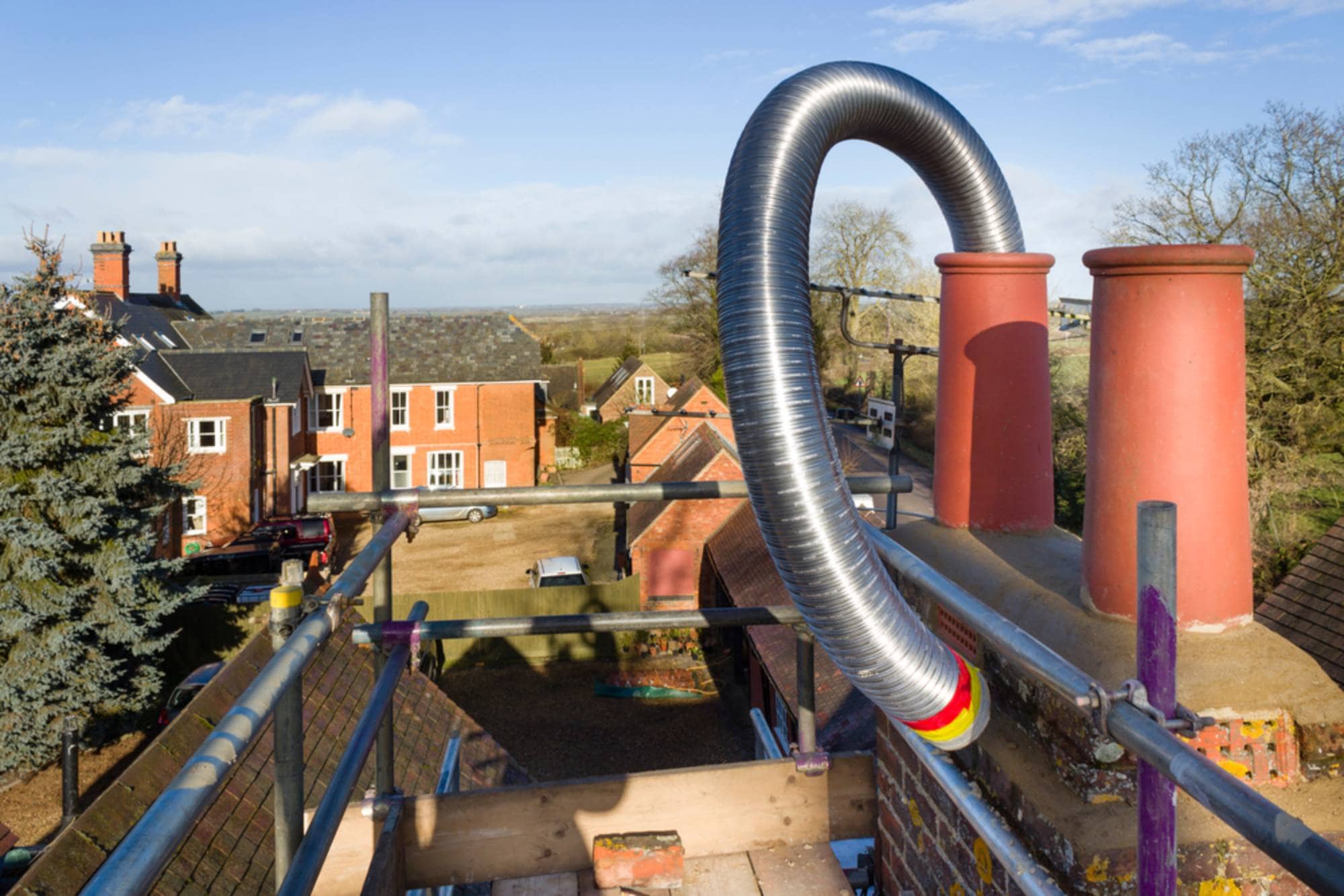Licensed chimney liner installation that protects your home and family from dangerous gases and fire hazards.

Hear from Our Customers

You light your fireplace without worrying about carbon monoxide seeping into your home. Your heating system runs efficiently, cutting your fuel costs while keeping your family safe. No more drafts, no more dangerous gas leaks, no more sleepless nights wondering if your chimney is putting everyone at risk.
That’s what happens when you get your chimney liner installed correctly the first time. Your system vents properly, your home stays warm, and you get peace of mind that comes from knowing a licensed professional did the work right.
When your liner is installed properly, dangerous gases get vented safely outside instead of leaking into your living space. Your fireplace draws better, burns cleaner, and gives you the warmth and comfort you want without the safety concerns that keep you up at night.
Above and Beyond Chimney understands what Cumberland homeowners face. Rhode Island’s harsh winters, freeze-thaw cycles, and coastal moisture create unique challenges for chimney systems that many contractors simply don’t understand.
We’re licensed to install chimney liners in Rhode Island, which means we follow the state’s strict safety requirements. Too many homeowners have been burned by unlicensed contractors who leave dangerous installations behind. In fact, more than 20 rogue companies have been fined for installing liners without proper licensing in just the past three years.
Our team knows Providence County’s building codes, weather patterns, and the specific problems that affect chimneys in this area. We understand how Cumberland’s mix of rural beauty and suburban living creates specific challenges for heating systems. When we install your liner, it’s done right the first time.

First, we inspect your existing chimney to determine what type of liner you need and whether any repairs are required before installation. We measure your flue dimensions and check for structural issues that could affect the job. This inspection tells us if you need stainless steel for wood burning, aluminum for gas appliances, or specialized materials for your specific situation.
Next, we prepare the chimney by cleaning out any debris and removing the old liner if necessary. For stainless steel installations, we carefully lower the new liner down the flue and connect it properly at both ends. We make sure all connections are secure and properly sealed to prevent dangerous gas leaks.
Finally, we test the system to ensure proper ventilation and provide you with documentation of the work completed. You get a system that meets Rhode Island safety codes and protects your home for years to come. We also explain how to maintain your new liner so it lasts as long as possible.

Ready to get started?
Your chimney liner installation includes a complete inspection of your existing system, proper sizing and selection of the right liner material for your specific application, and professional installation that meets all Rhode Island building codes. We handle all permit requirements and inspections so you don’t have to worry about compliance issues.
We specialize in stainless steel liners for wood-burning fireplaces, aluminum liners for gas appliances, and furnace flue connections. Each installation includes proper insulation where required and secure connections at the top and bottom of the flue. We use only high-quality materials designed to last decades in New England’s challenging climate.
In Cumberland’s climate, we pay special attention to moisture protection and thermal expansion issues that can cause problems with improperly installed liners. Our installations account for the freeze-thaw cycles that are common in Providence County, ensuring your liner stays intact through years of seasonal temperature changes. You get a system designed to handle New England weather and protect your investment.
